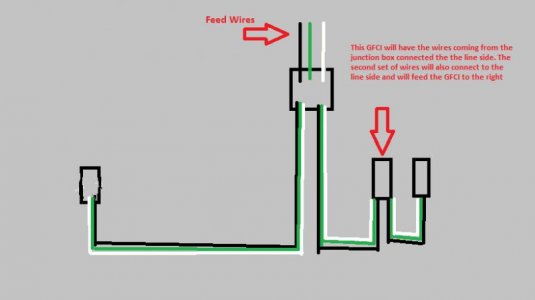mcgyvr
New member
I must have missed something as I'm skimming through this post but...
why so many wires when you only have 2 circuits? you don't pull full runs for each outlet unless each outlet is on its own circuit..
You should have no more than 2 hots and 2 neutrals + grounds in any pipe/box for 2 circuits..no matter how many outlets you have..
why so many wires when you only have 2 circuits? you don't pull full runs for each outlet unless each outlet is on its own circuit..
You should have no more than 2 hots and 2 neutrals + grounds in any pipe/box for 2 circuits..no matter how many outlets you have..




